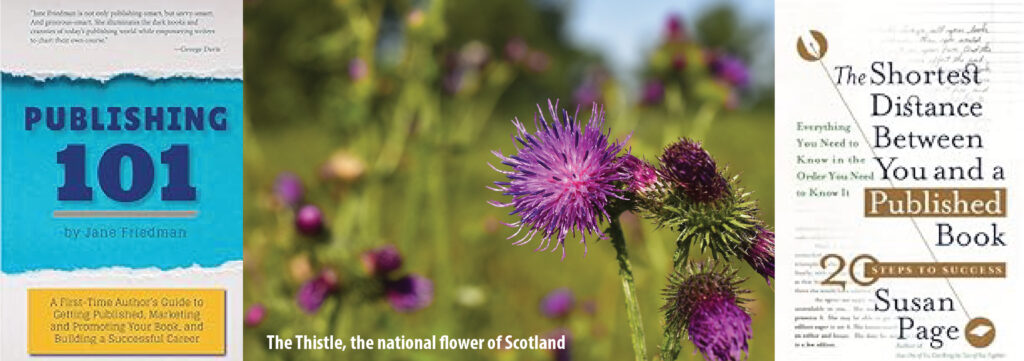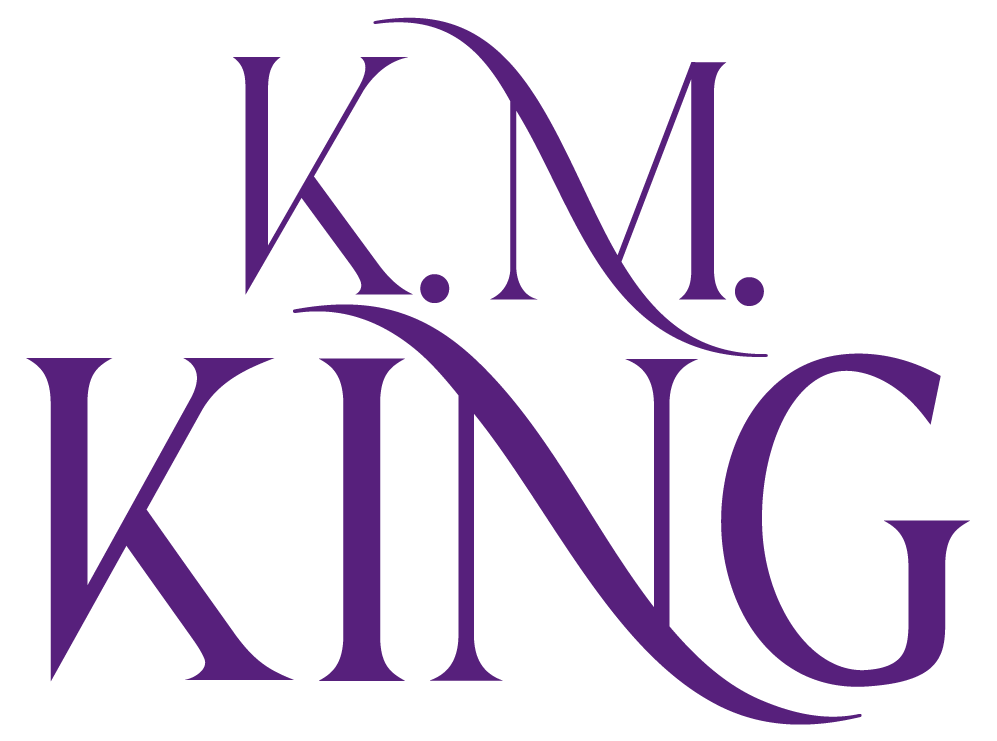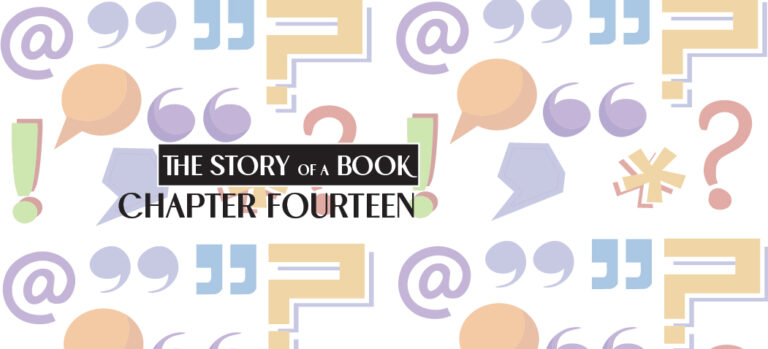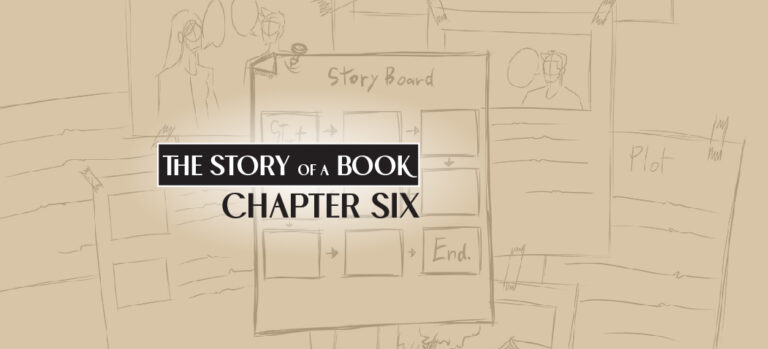The Bomber Jacket from First Page to Finally, Published!
First Painful Step toward Publication: Preparing for My Agent Search
By early 2017, I finally had completed the final draft of my novel. Fabulous!
Now what?
What you don’t do is tell people you’ve written a novel because they inevitably say, “Oh, are you going to get it published?” as if all you have to do is pop your manuscript in an envelope (or submit by email these days) to one of the “big five” publishing houses in New York City and say, “Here you are. A great book. Let me know when it’ll hit the bookstores.”
Self-publishing is an option that many people choose these days. I chose the traditional route of trying to interest a major publisher. But that means you need an agent, because most publishers throw unsolicited manuscripts on a slush pile which may never get read.
Getting an agent is a whole adventure of its own. We’re in the sales mode now. And just so you know, I hate selling things. Even though I’d had my own coaching and training business for seven years by this time, I still struggled to “sell myself.” But to get an agent, you have to do just that—sell yourself and your book to an agent so they’ll work to sell it to a publisher, for which they get a share of your royalties. But before you even begin this process, there is some essential work you need to do.
At one of the various writing conferences I attended over the years, I picked up a book that proved helpful in this process: The Shortest Distance Between You and a Published Book: 20 Steps to Success by Susan Page. In Step 2 of her book, Page tells you establish clear goals for your book. Mine were: (a) be published by a major publishing house; sell movie rights which would have Harrison Ford star as the older Henry; (b) receive a $15,000 advance; (c) sell enough books to earn out the advance within a year, and (d) receive my advance by Dec. 31, 2021. That would require me to sell 16,071 mass media books at $14 per book, with a royalty of 8% or $1.12 per book, earning me $15,300 after paying a 15% commission ($2,700) to my agent.

I can dream, can’t I?
The next step is to “establish your book’s unique identity.” The author takes you through several exercises, including imaginary conversations with literary agents, preparing a pitch for a five-second and fifteen-second promotional spot for a national TV show, and creating a 30-second sales pitch to a bookstore. And the most challenging one: Why is there a need for your book? For example, what pain and longing are readers experiencing in their lives? How will your book help readers deal with this pain?
To that last question, I responded: There is a deep longing among readers today to discover the stories of how “The Greatest Generation” lived through a time of unparalleled death and destruction. In addition, in our era where every flaw and mistake we make is magnified a hundredfold by social media, there is a need to realize that everyone makes choices which hurt others, some in devastating ways, and learning to first forgive ourselves for our own flawed choices will empower us to forgive others for theirs. The stories of Henry, Gretchen, Colin, and Fiona as they live through longing, love, and loss in England and Scotland during World War II will help readers understand what that generation endured. At the same time, the story of family secrets in which the choices of one heartbroken man impact the lives of three generations and haunt him for more than fifty years will help readers understand how forgiveness can heal even the most heart-wrenching hurts.
One of the most fun steps was brainstorming a list of titles. I came up with: A Grassy Airfield at Dawn, A Sensation of Muffled Breathing, Border Spaces, Into the Brightening Morning, The Beacon Light on Traprain Law, The Bitter Taste of Cold Metal, The Bomber Jacket, The Bomber Pilot, The Day Yet Dawning. Choosing one was much harder. After feedback from friends, I ended up with The Bomer Jacket.
All this led up to the daunting task of writing a query letter. For additional advice on this all-important process, I turned to Jane Friedman, a well-known blogger and speaker in the publishing world, whose book, Publishing 101, is a must-have for all writers seeking publication.
Friedman states that in your one-page query letter you need to explain four things: (1). your book’s genre, word count, and title; (2). the hook–the description of your story, the most critical query element, in 150-300 words; (3). a 50-100 word bio note; and (4). a one-sentence thank you/closing. I can’t tell you how much time I spent anguishing over that essential page. With the help of my fabulous editor friend, Carol Cool, we clarified, tightened, and honed the verbiage.
The next migraine-producing task was writing a synopsis of the book. You literally have to condense your manuscript to three pages. I’m not kidding. I spent countless hours on it. Once again, Carol was endlessly helpful.
And when I finally had these two pieces of writing complete—harder than any writing assignment I ever had in college—it was time to research agents who might be interested in my book.
But more about that process in the next chapter.
At this point, the possibility of being published felt so much closer. It was just a matter of hooking the right agent with my impossible-to-resist query letter. Piece of cake, right?







